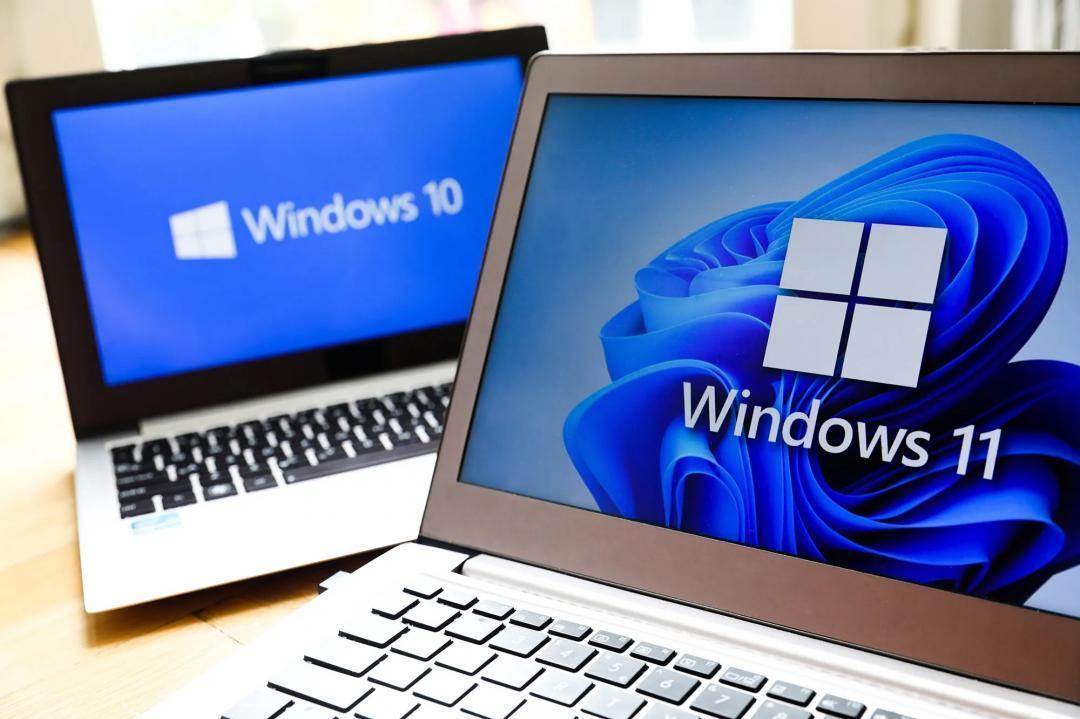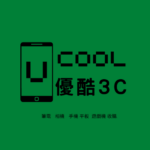新北筆電收購 收購ASUS筆電 收購ROG電競筆電 收購ACER筆電 收購Msi電競筆電 新北收購微軟SURF 看全文
Microsoft and Quantinuum detail a breakthrough in quantum error correction, helping run 14,000+ experiments with no errors, an issue that has vexed the industry 新北收購筆電
新北收購筆電
uantum computers is still limited to just over a thousand qubits at best. A qubit is the fundamental unit of computing in quantum systems, analogous to a bit in a classic computer, but each qubit can be in multiple states at the same time and doesn’t fall into a specific position until measured, which underlies the potential of quantum to deliver a huge leap in computing power.
It doesn’t matter how many qubits you have, though, if you barely have time to run a basic algorithm before the system becomes too noisy to get a useful result — or any result at all.
Combining several different techniques, the team was able to run thousands of experiments with virtually no errors. That involved quite a bit of preparation and pre-selecting systems that already looked to be in good shape for a successful run, but still, that’s a massive improvement from where the industry was just a short while ago.
It’s a step in the right direction for quantum computing. There are still plenty of problems to be solved (and these results need to be replicated, too, of course), but theoretically, a computer with 100 of these logical qubits could already be useful for solving some problems, while a machine with 1,000 qubits could, 新北收購筆電microsoft says, “unlock commercial advantage.”
The discrepancies (errors) between entangled qubits. Discrepancies are revealed by comparing the images from each qubit in a pair, and any differences that exist appear as dots in the central image between each pair. Image Credits: 新北收購筆電microsoft
The team used Quantinuum’s H2 trapped-ion processor and was able to combine 30 physical qubits into four highly reliable logical qubits. Encoding multiple physical qubits into a single logical qubit helps protect the system from errors. The physical qubits are entangled together so that it becomes possible to detect an error in a physical qubit and fix it.
It’s this error correction that has long vexed the industry: The lower the noise and the higher the quality of the physical qubits, the better, of course, but without sophisticated error correction, there is no way out of the NISQ era because these systems will all decohere sooner rather than later.
“Merely increasing the number of physical qubits with a high error rate — without improving that error rate — is futile because doing so would result in a large quantum computer that is not any more powerful than before,” Dennis Tom, the general manager for Azure Quantum, and Krysta Svore, the VP of Advanced Quantum Development at 新北收購筆電microsoft, wrote in today’s announcement. “In contrast, when physical qubits with sufficient quality of operation are used with a specialized orchestration-and-diagnostics system to enable virtual qubits, only then does increasing the number of physical qubits result in powerful, fault-tolerant quantum computers able to perform longer, more complex computation.”
It was only a couple of years ago that logical qubits started outperforming physical qubits. Now, 新北收購筆電microsoft and Quantinuum argue that their new hardware/software system demonstrates the largest gap between physical and logical error rates, improving on using only physical qubits by up to 800x.
Image Credits: 新北收購筆電microsoft
The researchers note that to move beyond NISQ, a large separation between logical and physical qubit error rates is necessary, as is the ability to correct individual circuit errors and to generate entanglement between at least two logical qubits. If these results hold up, then the team achieved all three and we have indeed entered a stable era the era of resilient quantum computing.
As it turns out, the most important result here may actually be the team’s ability to perform “active syndrome extraction” — that is, the ability to diagnose an error and correct it, without destroying th
 微軟多次預告,明年10月淘汰Windows 10。(圖/翻攝網路)
微軟多次預告,明年10月淘汰Windows 10。(圖/翻攝網路)
微軟早預告,將於明年10月全面淘汰Windows 10系統 (某些LTSC版本除外),不再提供任何支援服務和安全性更新,但企業和一般用戶可透過付費訂閱最長3年的擴充安全更新計畫(ESU,Extended Security Updates)來續命。微軟現在也公開了價格。
根據微軟官方網站說明,針對企業用戶,Windows 10的ESU計畫總共有3種方式。對於傳統的5-by-5啟動金鑰,每台設備首年ESU方案費用為61美元(約台幣1,954元),價格每年翻倍,這代表第二年需支付122美元(約台幣3,908元),第三年則支付244美元(約台幣7,816元)。
第二個選項是透過Windows 365存取Windows 11雲端電腦的Windows 10裝置,將自動啟動ESU計畫。此授權包含在Windows 365訂閱中,無需額外付費,並承諾一年。
第三個為微軟基於雲端的更新管理解決方式,例如Windows Autopatch 或新北收購筆電microsoft Intune 的組織,可獲得25%的折扣,也就是首年45美元(最多5台設備),價格仍會每年翻倍。
新北收購筆電 新北收購筆電
